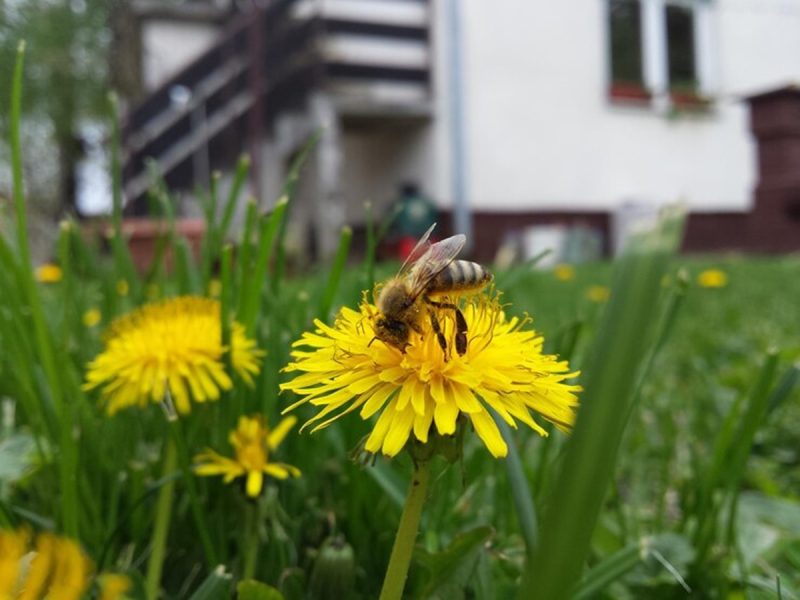In the realm of gardening and agriculture, timing is everything. Planting crops at the optimal time can significantly impact their yield, quality, and overall success. Understanding the concept of planting seasons and aligning your planting schedule with the natural rhythms of the environment can be the difference between a bountiful harvest and a lackluster one.
The Importance of Planting Seasons
The Earth’s tilt and its orbit around the sun create distinct seasons with varying temperatures, daylight hours, and rainfall patterns. These seasonal fluctuations play a crucial role in plant growth and development. Each crop has specific temperature and light requirements to germinate, grow, and produce fruit or vegetables. Planting crops at the right time ensures that they receive the necessary conditions to thrive.
Warm-Season vs. Cool-Season Crops
Crops are broadly classified into warm-season and cool-season varieties based on their temperature preferences. Warm-season crops, such as tomatoes, peppers, and melons, thrive in warm temperatures and are sensitive to frost. They are typically planted in the spring after the last frost and continue to grow and produce throughout the summer. Cool-season crops, like lettuce, broccoli, and peas, prefer cooler temperatures and can tolerate frost. They are often planted in the early spring or fall when temperatures are mild.
Understanding Frost Dates
Frost dates are critical for successful crop planting. The first frost date marks the end of the growing season for warm-season crops, while the last frost date signifies the beginning of the growing season for both warm-season and cool-season crops. Gardeners and farmers should consult local frost dates to determine the best time to plant their crops.
Factors Influencing Planting Time
Besides temperature, other factors influence the ideal planting time for crops. These include:
- Daylight Hours: Some crops, like onions and spinach, are sensitive to daylight hours and may bolt or flower prematurely if planted at the wrong time.
- Soil Temperature: Soil temperature affects seed germination and root development. Certain crops require specific soil temperatures to germinate successfully.
- Rainfall: Adequate moisture is essential for seed germination and plant growth. Planting during periods of consistent rainfall or providing supplemental irrigation can ensure successful crop establishment.
- Crop Variety: Different varieties of the same crop may have varying maturity times. Choosing varieties that are well-suited to your local climate and growing season is essential.
Strategies for Optimal Planting
- Succession Planting: This technique involves planting multiple crops in succession to extend the harvest season. For example, you can plant lettuce in early spring, followed by tomatoes in late spring, and then fall crops like kale or carrots.
- Intercropping: Intercropping involves planting different crops together in the same space. This can maximize space utilization and provide benefits like pest control and soil fertility improvement.
- Crop Rotation: Rotating crops from one season to the next helps break pest and disease cycles and maintains soil fertility.
Resources for Planting Information
- Local Extension Services: Local agricultural extension services provide valuable information on planting times, crop recommendations, and gardening tips for your specific region.
- Seed Packets: Seed packets often include information on planting depth, spacing, and recommended planting times.
- Gardening Books and Websites: Numerous resources are available online and in print to help gardeners and farmers determine the best time to plant their crops.
Conclusion
Timing is a critical factor in successful crop cultivation. Understanding planting seasons, frost dates, and crop-specific requirements can help you maximize your yield and enjoy a bountiful harvest. By aligning your planting schedule with the natural rhythms of the environment, you can cultivate a thriving and productive garden or farm.
Remember, the best time to plant varies depending on your location, the specific crop, and various environmental factors. Always consult local resources and consider your unique circumstances to make informed planting decisions. With careful planning and attention to timing, you can cultivate a flourishing garden and reap the rewards of your labor.





